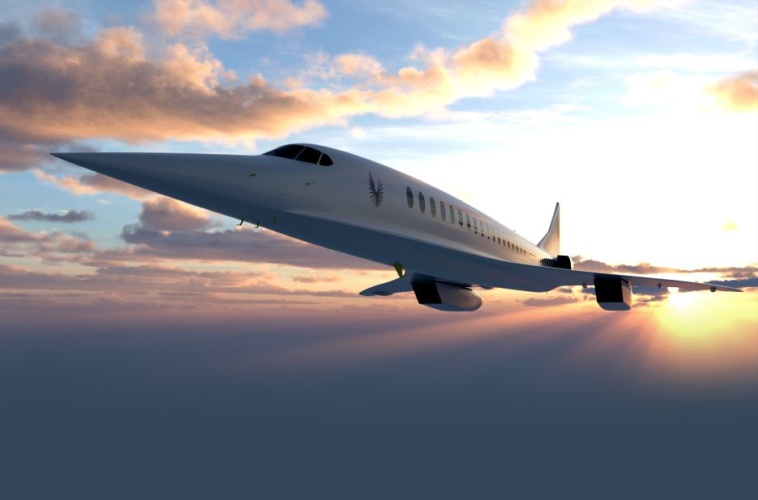
The engagement will involve teams from Boom and Rolls-Royce collaborating in engine-airframe matching activities for Overture.
Your questions answered: Supersonic airliners
February 1957: The supersonic jet Fairey Delta 2
The teams will investigate whether an existing engine architecture can be adapted for supersonic flight, while Boom’s internal team continues to develop Overture’s airframe.
“We’ve had a series of valuable collaborations and co-locations with Rolls-Royce over the past years to lay the groundwork for this next phase of development,” said Blake Scholl, Boom founder and CEO. “We look forward to building on the progress and rapport that we’ve already built with our collaboration as we work to refine Overture’s design and bring sustainable supersonic transport to passenger travel.”
According to Boom, a key area of the engagement will see both companies address sustainability in Overture design and operations, ensuring that Overture is compatible with a net-zero carbon future.
“We share a strong interest in supersonic flight and in sustainability strategies for aviation with Boom,” said Simon Carlisle, Director of Strategy, Rolls-Royce. “We’re now building on our valuable experience in this space as well as our previous work together to further match and refine our engine technology for Boom’s Overture.”
In 2016 Boom unveiled the XB-1 Supersonic Demonstrator, a one third subscale prototype of a supersonic passenger airliner that was designed to cruise at Mach 2.2.
Originally dubbed Baby Boom, the demonstrator aircraft is scheduled to be rolled out in October this year with test flights starting in 2021.
According to Boom’s website, Overture is ‘progressing through the conceptual design phase’. It adds that certification will involve five flight test aircraft with expected roll-out in 2025 and type certification completed in 2029. Once operational, Boom anticipate airlines being able to offer fares similar to today's long-haul, business-class travel. Japan Airlines and Virgin Group are future Overture operators, with 30 aircraft on pre-order.




Glasgow trial explores AR cues for autonomous road safety
They've ploughed into a few vulnerable road users in the past. Making that less likely will make it spectacularly easy to stop the traffic for...